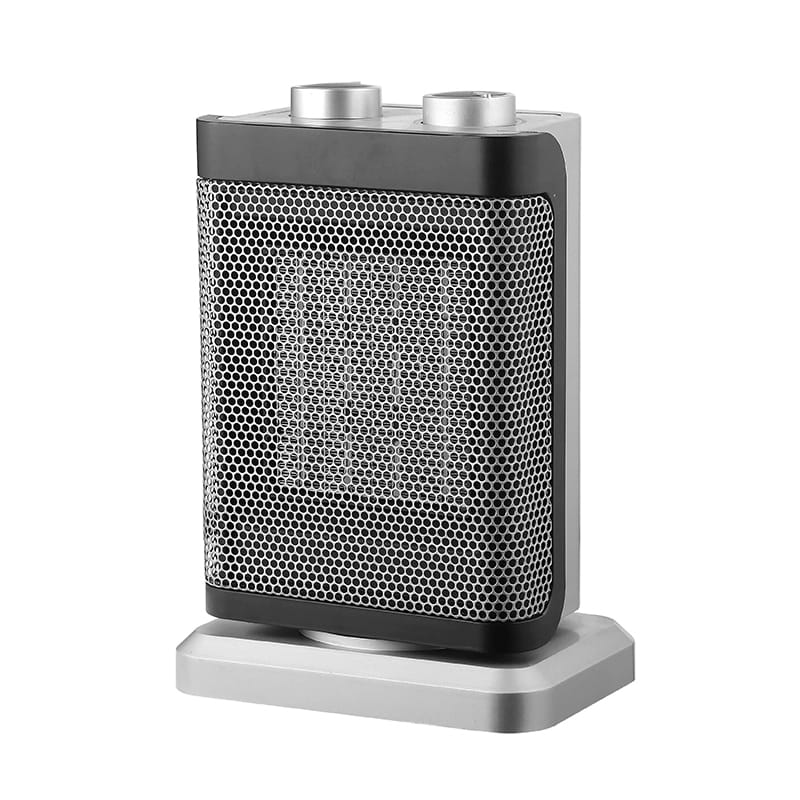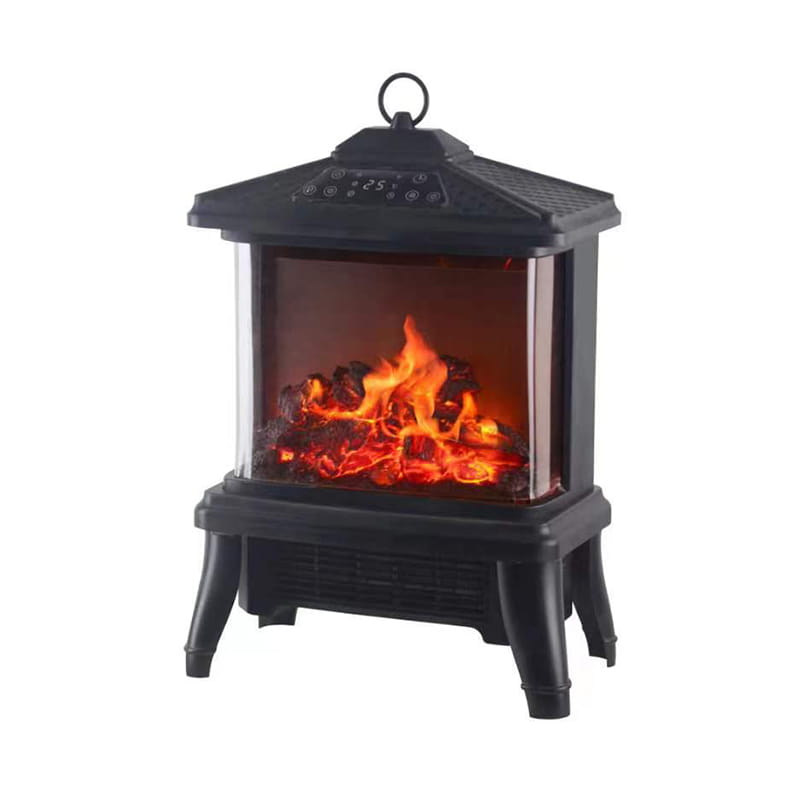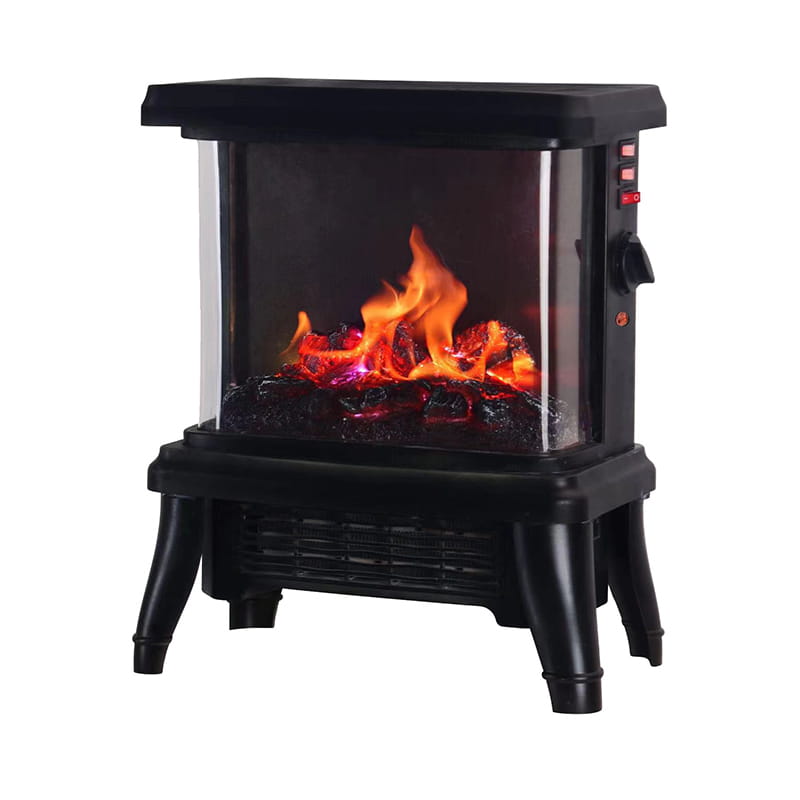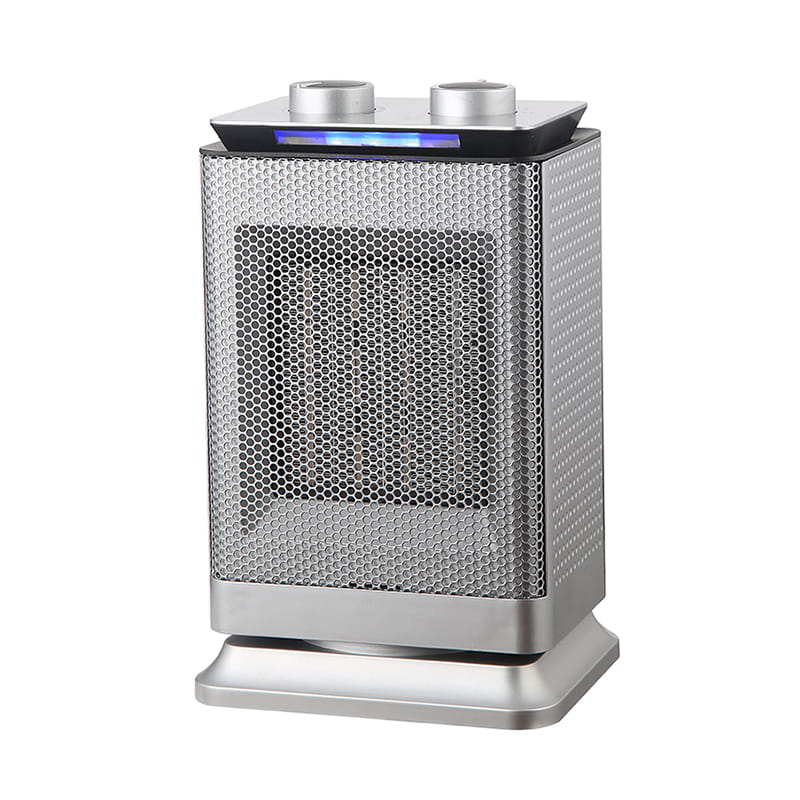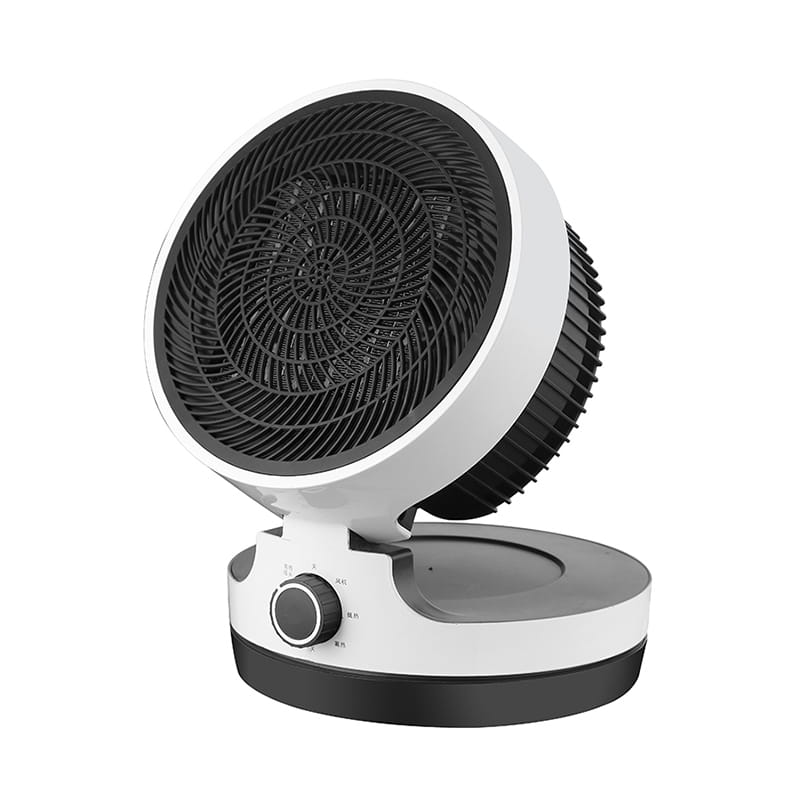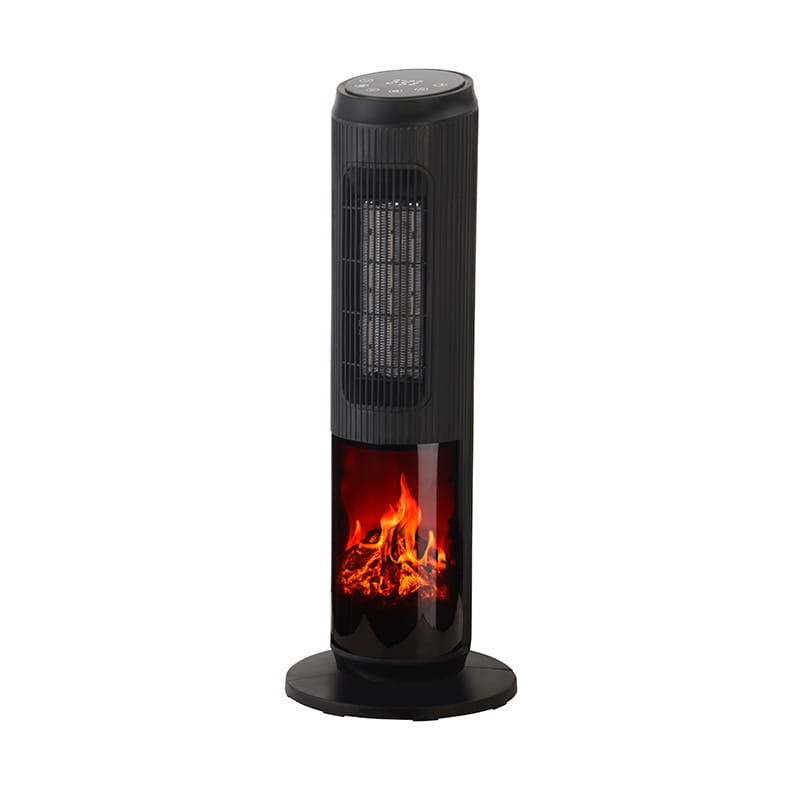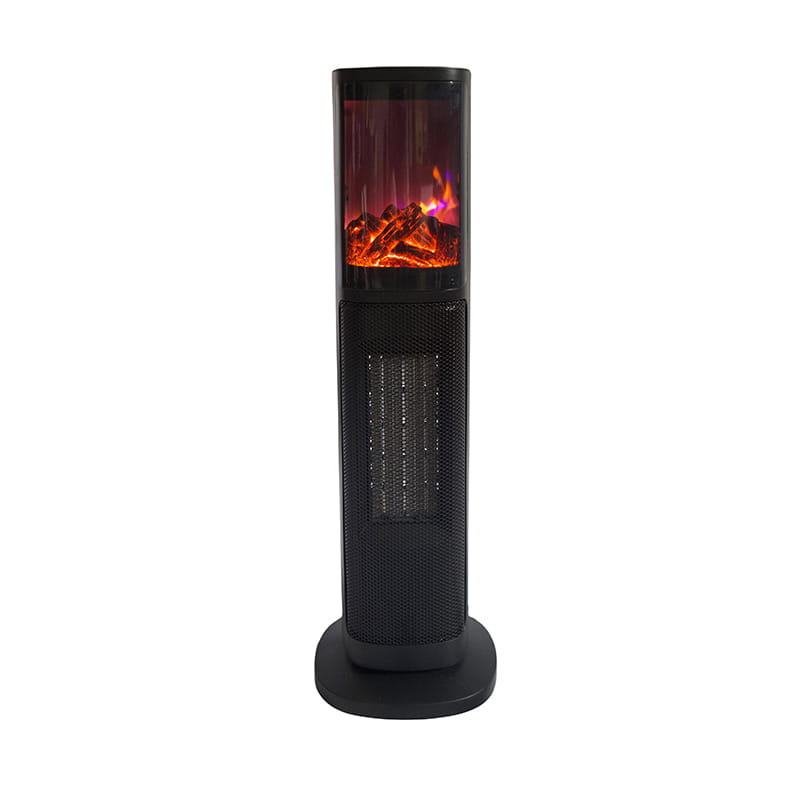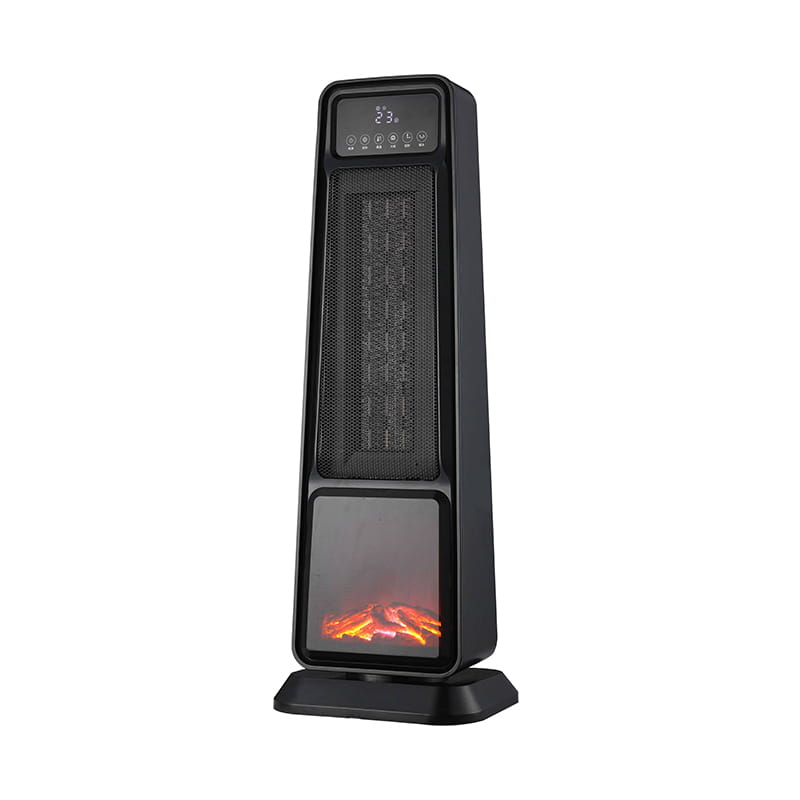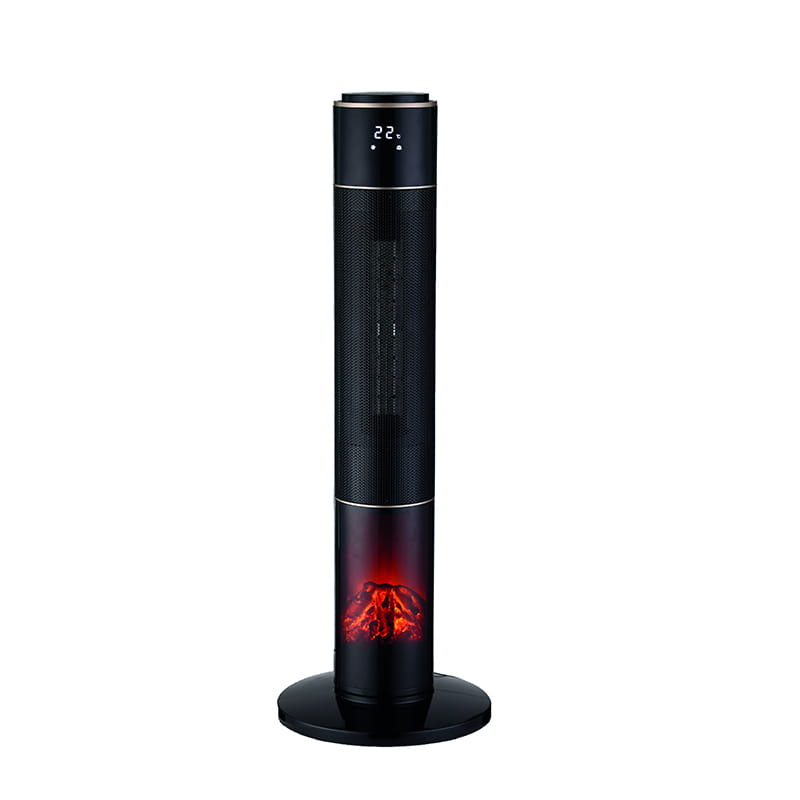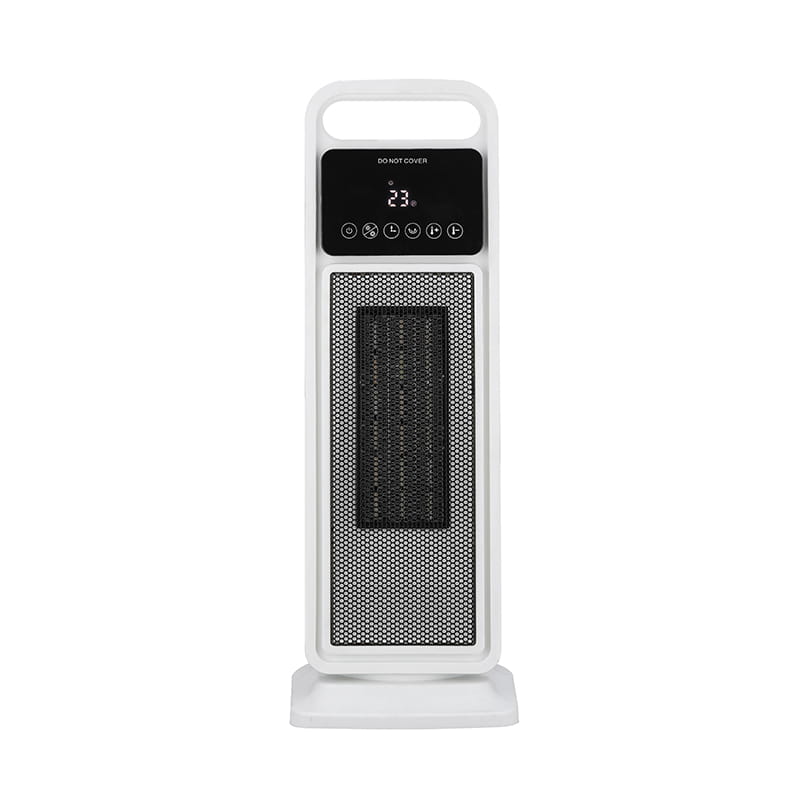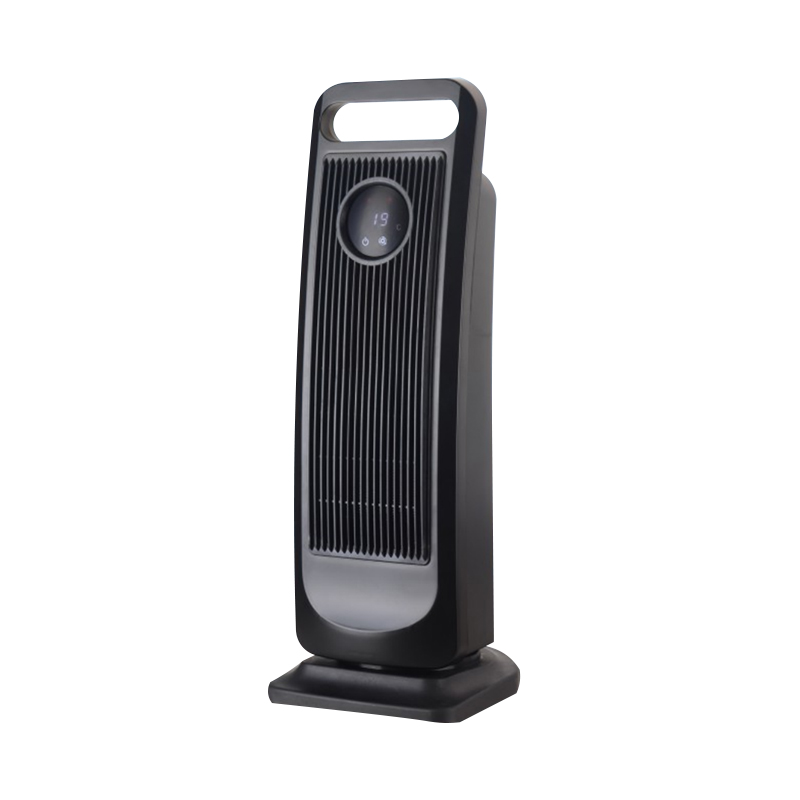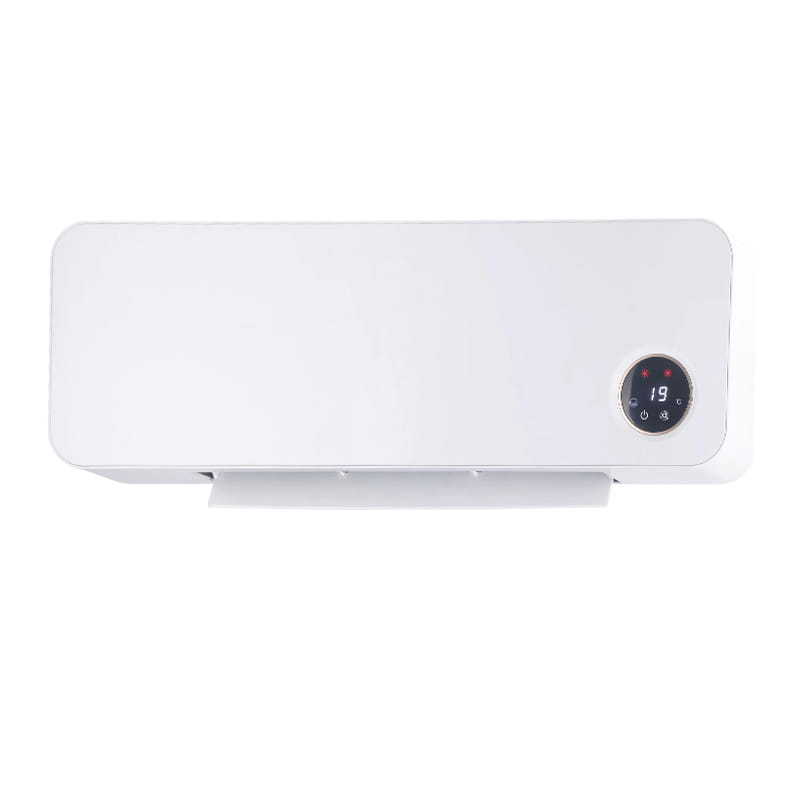What are the precautions for using an ice crusher?
When using an ice crusher (whether it is a small home or large commercial machine), it is crucial to follow safe operating procedures and proper maintenance methods. This not only ensures personal safety, but also extends the life of the machine and ensures the best ice crushing results.
1. Safety First
(1) Read the manual carefully:
This is the most important step! Ice crushers of different brands and models may have differences in design, function and operation. Be sure to read the manufacturer's user manual carefully before use to understand the specific safety warnings, operating procedures and cleaning and maintenance requirements.
Always keep the environment dry: The ice crusher is an electrical device. Never immerse the machine in water or rinse the machine under running water (unless the manual clearly states that it is waterproof and it is allowed). Cleaning is waterproof and it is allowed). Always disconnect the power supply when cleaning.
(2) Prevent electric shock:
Make sure your hands are dry before operating the machine or plugging in or unplugging the power supply.
Use a power outlet that meets the specifications and avoid overloading.
If the power cord, plug or machine body is damaged, stop using it immediately and contact a professional for repair.
Keep away from children and pets: The blades of the ice crusher are very sharp and rotate at high speed. Keep children and pets away from the working area during use and immediately after use (the blades may still be rotating by inertia). It is best to store the machine out of their reach.
(3) Use special containers and tools:
Do not use your hands or any tools (spoon, chopsticks, etc.) to push, remove or clean the ice in the ice inlet or ice outlet while the machine is running! This can easily cause serious injury.
Use the included push rod (if available) or special tools with safety design to assist in ice feeding.
Use a suitable container to collect ice under the ice outlet.
Avoid moving or tilting the machine while it is running: Keep the machine stable while it is running. Do not move or tilt the machine at will.
Pay attention to the work surface: Make sure the machine is placed on a stable, dry, clean surface away from heat sources, water sources and flammable items.
2. Correct use of ice crusher
(1) Use appropriate ice cubes: Moderate hardness: Use ice cubes specially made for ice crushers or ice cubes made by home ice makers/ice trays with moderate hardness. Ice cubes that are too hard or too large may damage the blades or motor. Appropriate size: The size of the ice cubes used should meet the requirements of the instructions. Do not force oversized or irregularly shaped ice cubes into the machine, as this may cause them to jam or damage the machine.
Avoid foreign objects: Never place anything other than ice cubes (such as fruit, beverages, metal, stones, plastic, etc.) into the ice crusher. This can cause serious damage to the machine and potentially pose a dangerous risk.
Add small amounts of ice at a time: Avoid adding too much ice at once to avoid overloading and jamming the machine. Adding ice in batches, depending on the machine's capacity, is safer and more efficient.
Close the lid before restarting: Ensure the top lid (feed cover) is fully closed and locked (if designed with a latch) before restarting the machine. This is a key safety measure to prevent accidental contact with the blades.
Avoid excessive continuous operation: Especially for home or small- to medium-sized commercial machines, continuous ice crushing for extended periods can cause the motor to overheat. Follow the maximum operating time recommended in the manual (e.g., 30 seconds of operation followed by a few minutes of rest). If the machine automatically shuts down due to overheating, be sure to wait for it to cool before restarting.
(2) Identify abnormal conditions: Abnormal noise: If the machine makes an abnormal harsh, frictional or knocking sound, turn off the power immediately and check if there are any foreign objects or ice stuck. Strange smell or smoke: Turn off the power immediately. This is usually a sign of motor overload or failure. Stuck and stopped: Do not use your hands or tools to remove the ice! Turn off the power immediately and wait for the blade to stop rotating completely. Then try to remove the ice according to the instructions in the manual (such as the reverse function or manual knob). If the problem cannot be solved, seek professional help.
3. Cleaning and maintenance
(1) Clean promptly after each use:
Power off and cool down: Be sure to disconnect the power after use and wait for the blade to stop rotating completely and the machine to cool down. Remove residual ice: Discard the ice tray and the remaining crushed ice in the machine. Use a soft cloth or brush to clean the ice chips and water stains visible around the feed port, ice outlet and blade (make sure the power is off and the blade is not moving!). Regular deep cleaning: Perform deep cleaning according to the instructions in the manual, based on the frequency of use (e.g. daily cleaning for daily use, once a week for home use). This usually includes:
Removing removable parts (such as the material cup, blade assembly, ice tray, etc.).
Wash these parts with warm water and mild detergent, rinse thoroughly and dry them (the blades are very sharp, so be careful when cleaning! It is recommended to wear gloves and wrap the blade edges with a soft cloth).
Wipe the body shell with a damp cloth to prevent water from seeping into the internal electrical components.
(2) Blade maintenance:
Check the blades regularly for dullness, curling or chipping. Dull blades will result in low ice crushing efficiency, heavy load on the motor, and uneven ice particles.
If the blades are removable and the instructions allow, they can be carefully sharpened using a whetstone or special tools as needed (be careful of sharp edges!), or replaced with new blades.
If the blades are not removable or are severely damaged, contact a professional for repair or replacement.
Keep dry and store: After cleaning and completely drying all parts, assemble and store in a dry and ventilated place.
-
Feedback

 English
English Deutsch
Deutsch 中文简体
中文简体
